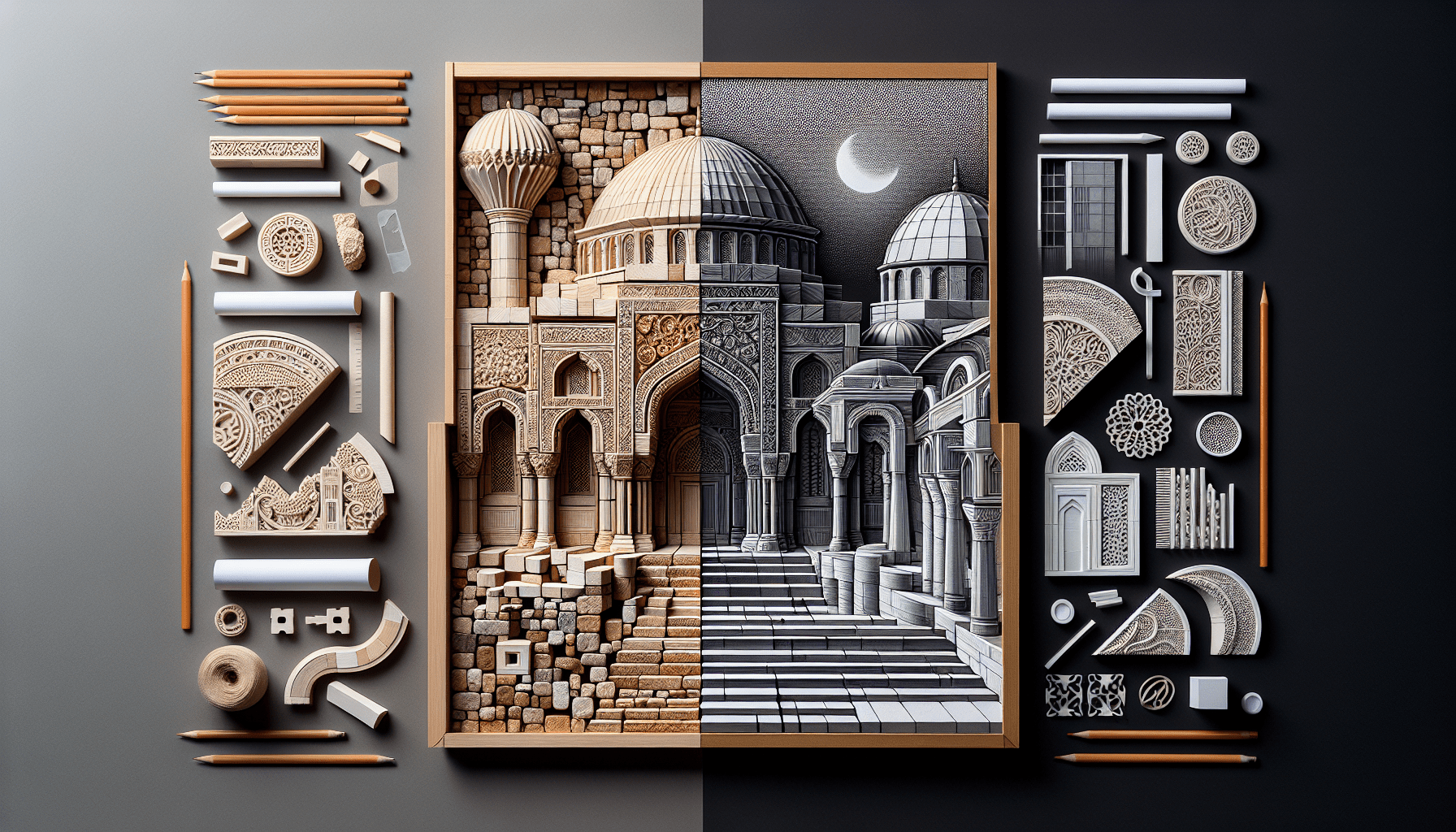Welcome to an exploration of the rich history and vibrant present of Turkish stonemasonry. Discover the ancient techniques and cultural significance of this traditional craft that has been passed down through generations. From intricate carvings on historical landmarks to modern architectural marvels, the art of Turkish stonemasonry continues to thrive and evolve. Join us on a journey through time as we delve into the fascinating world of Turkish stonemasonry, where past meets present in a symphony of craftsmanship and artistry. Have you ever marveled at the intricate stonework on historical buildings and wondered about the craft behind it? Let’s explore the fascinating tradition of Turkish stonemasonry, both in the past and present. From ancient techniques to modern innovations, you’ll gain a deeper appreciation for this centuries-old art form.

